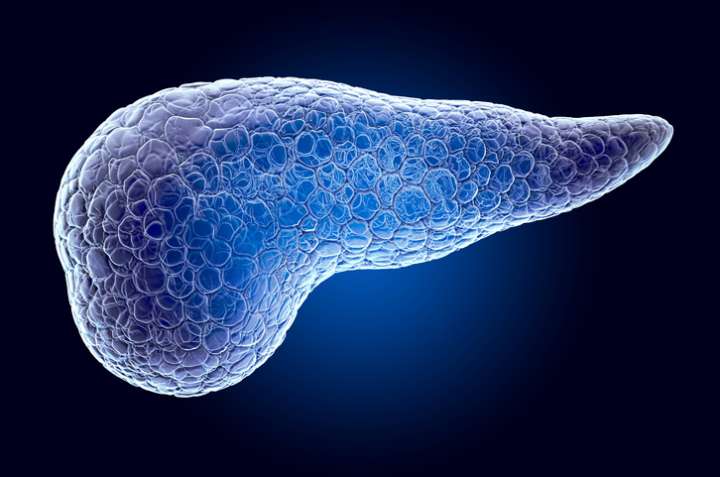Amylin, a hormone co-secreted with insulin after meals, regulates blood sugar and appetite by activating three distinct receptors in the brain. Each receptor consists of a calcitonin receptor (CTR) paired with a different receptor activity-modifying protein (RAMP1–3), forming AMY₁R, AMY₂R, and AMY₃R. While these receptors have long been recognized as promising targets for obesity and diabetes therapies, their complex biology has hindered drug discovery.
A new study from the University of Oklahoma, published in Science Signaling , provides the first biochemical and pharmacological framework for understanding how these receptors assemble, dissociate, and signal. Using detergent-solubilized receptors, tagged proteins in live cells, and signaling assays, the team showed that ligands can p

 Inside Precision Medicine
Inside Precision Medicine

 Local News in California
Local News in California Citizen Tribune
Citizen Tribune KUOW Public Radio
KUOW Public Radio CBS News
CBS News Orlando Sentinel Politics
Orlando Sentinel Politics Mediaite
Mediaite Slate Magazine
Slate Magazine Page Six
Page Six